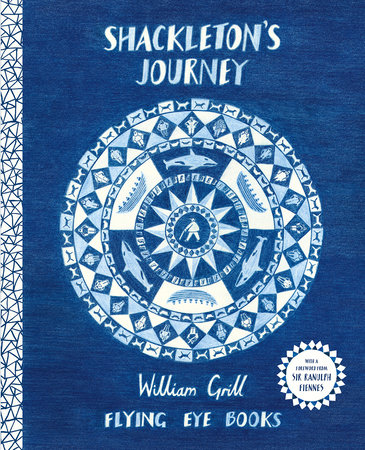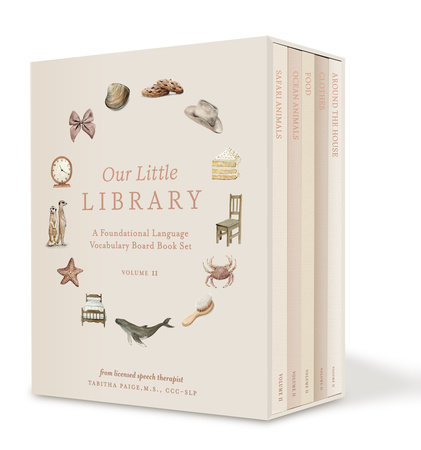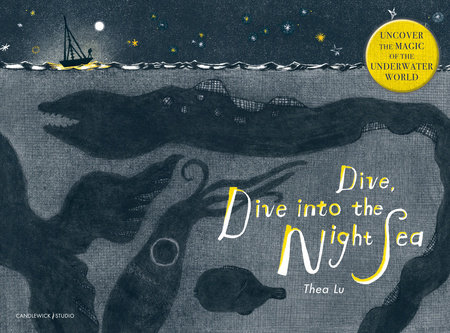

This Is a Book to Read with a Worm
By Jodi Wheeler-Toppen
Illustrated by MARGARET MCCARTNEY
By Jodi Wheeler-Toppen
Illustrated by MARGARET MCCARTNEY
By Jodi Wheeler-Toppen
Illustrated by MARGARET MCCARTNEY
By Jodi Wheeler-Toppen
Illustrated by MARGARET MCCARTNEY
Category: Children's Nonfiction
Category: Children's Nonfiction

-
$16.99
Mar 19, 2020 | ISBN 9781580898973 | 5-8 years
-
Apr 03, 2020 | ISBN 9781632897701 | 5-8 years
YOU MAY ALSO LIKE

Shackleton’s Journey 10th Anniversary Edition

Willie Mays: A Little Golden Book Biography

Our Little Library Vol. 2

LEGO Fun Family Challenges

Dive, Dive into the Night Sea

Phonic Books Dandelion Instructional Manual Kindergarten

Phonic Books Dandelion Instructional Manual Grade 1

Phonics Instructional Manual Catch-up

Would You Rather? Animals Edition
Praise
Readers are encouraged to find a worm and to employ careful observation techniques.— Immediately after the title page, a bespectacled worm wearing a blue scarf—it acts as commentator throughout—reminds readers to be gentle when picking up worms and to return them safely to their places of origin after studying them. (Environmentally conscious endnotes both suggest acquiring a worm from a bait shop if one is not available outside and caution against introducing these worms into the natural environment.) Two children, one black and one white, look out toward readers as if hearing the words printed above them: “Stop! To read this book you are going to need a worm.” Indeed, without a worm in hand, half of the text becomes moot. Readers—along with the two children—are urged to run a finger along the worm’s body; to stare into the worm’s “face”; to carefully observe worm sensitivities to alcohol fumes and light beams; to listen for the bristles called setae by holding up a paper-wrapped worm to an ear; to create a one-night, dirt-filled worm hotel in a clear plastic bottle. For a book that seems otherwise eco-conscious, it is a surprise that a glass jar used with care is not recommended over plastic. As the gently humorous text gives directions and nature facts, the whimsical worm’s speech bubbles offer vocabulary pronunciations and tips about keeping worms healthy while they are under surveillance. The graphic art is lively and colorful, well matched with the text. For exciting, optimal use, expect brown-edged pages.
—Kirkus Reviews
“Stop! To read this book you are going to need a worm,” this succinct guide instructs readers. After being advised to be gentle with their wriggly subject, readers follow along as two friends, an African American boy and a white girl, find a worm and learn about its body and habits. While Wheeler-Toppen’s (Recycled Science, 2016) book takes the form of a story, each double-page spread imparts one main idea and accompanying instructions and facts. Large-scale diagrams show the parts of a worm, and insets offer extra facts, worm-anatomy terms with pronunciation, and tips about how to care for the creatures (a cartoon worm appears occasionally to offer advice and thanks). A closing spread takes a more traditional approach, offering information about how worms reproduce and how to distinguish among worm species. The clear, pleasing illustrations throughout are done in muted primary colors and earth tones, complementing the book’s message to be kind when dealing with nature. A classroom study of worms could benefit from this book, alongside Vivian French’s Yucky Worms.
—Booklist
Just in time for spring, Wheeler-Toppen (Cat Science Unleashed) invites young scientists to head outside for an up-close-and-personal earthworm encounter. Her interactive activity guide uses a conversational narrative to speak directly to readers. “Run your fingers across your worm’s back. Feel the bump-bump-bump as you slide across the rings.” McCartney’s picture book debut employs digitally colored ink and pencil cartoons featuring a pair of curious children who carefully observe and enact the suggested mini-experiments. Materials such as a wet paper towel, flashlight, plastic bag, and cotton swab are used to learn about a worm’s sensory reactions and locomotion, culminating in the final project: making an overnight “worm hotel” from a plastic bottle. Speech-bubble asides from a worm in fashionable John Lennon glasses and scarf provide additional facts and occasional humor. Though prefaced with a note reminding experimenters to “Treat me gently and… put me back where you found me,” these hands-on observations of a living creature are likely most appropriate alongside a monitoring grown-up. Illustrated back matter anticipates further questions with plenty more worm facts and a resource list.
—Publishers Weekly
21 Books You’ve Been Meaning to Read
Just for joining you’ll get personalized recommendations on your dashboard daily and features only for members.
Find Out More Join Now Sign In










